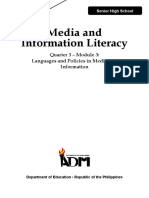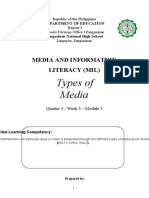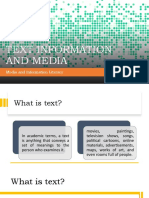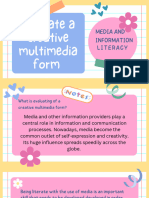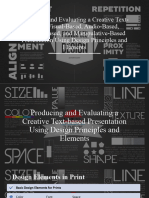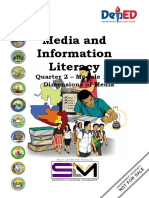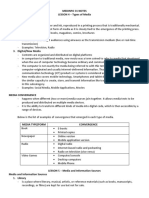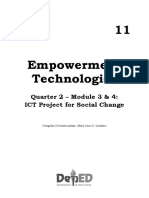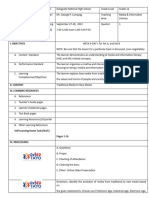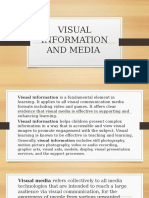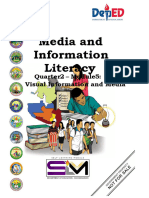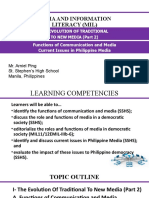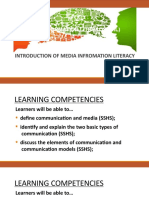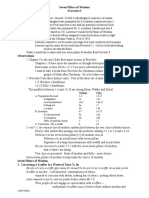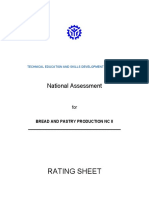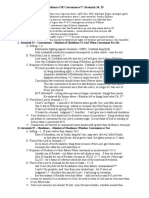0% found this document useful (0 votes)
1K views7 pagesLanguage May Be A Source of Misunderstandings by Marshall Mcluhan, 1964
This document discusses language and codes used in media. It defines language, media languages, technical codes, symbolic codes, conventions, messages, audience, producers, and stakeholders. Technical codes include elements like sound and camera angles, while symbolic codes are things like language, dress, or symbols that convey meaning. Conventions are standard behaviors. The document encourages reflection on how codes and conventions communicate information and how understanding these elements contributes to media literacy.
Uploaded by
MARJORIE BIBONCopyright
© © All Rights Reserved
We take content rights seriously. If you suspect this is your content, claim it here.
Available Formats
Download as PPTX, PDF, TXT or read online on Scribd
0% found this document useful (0 votes)
1K views7 pagesLanguage May Be A Source of Misunderstandings by Marshall Mcluhan, 1964
This document discusses language and codes used in media. It defines language, media languages, technical codes, symbolic codes, conventions, messages, audience, producers, and stakeholders. Technical codes include elements like sound and camera angles, while symbolic codes are things like language, dress, or symbols that convey meaning. Conventions are standard behaviors. The document encourages reflection on how codes and conventions communicate information and how understanding these elements contributes to media literacy.
Uploaded by
MARJORIE BIBONCopyright
© © All Rights Reserved
We take content rights seriously. If you suspect this is your content, claim it here.
Available Formats
Download as PPTX, PDF, TXT or read online on Scribd
/ 7








